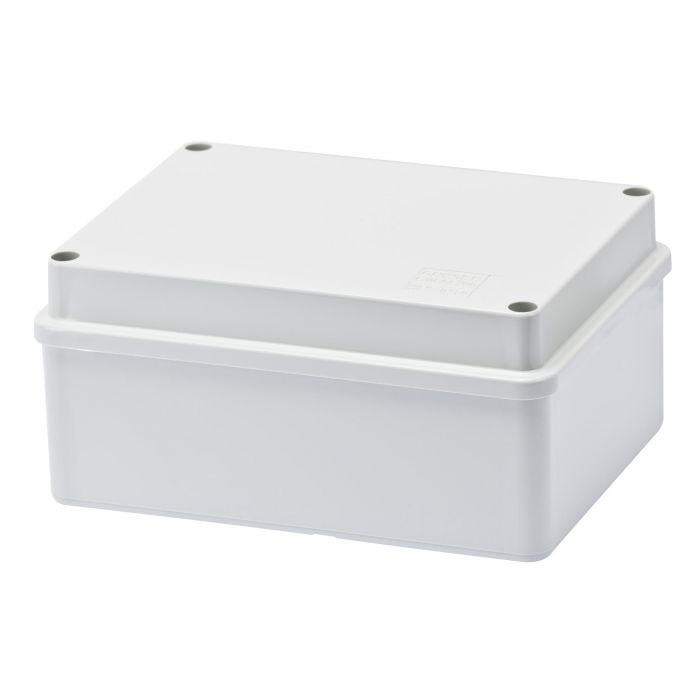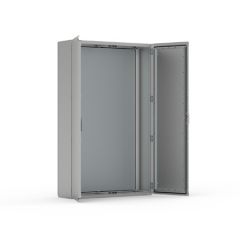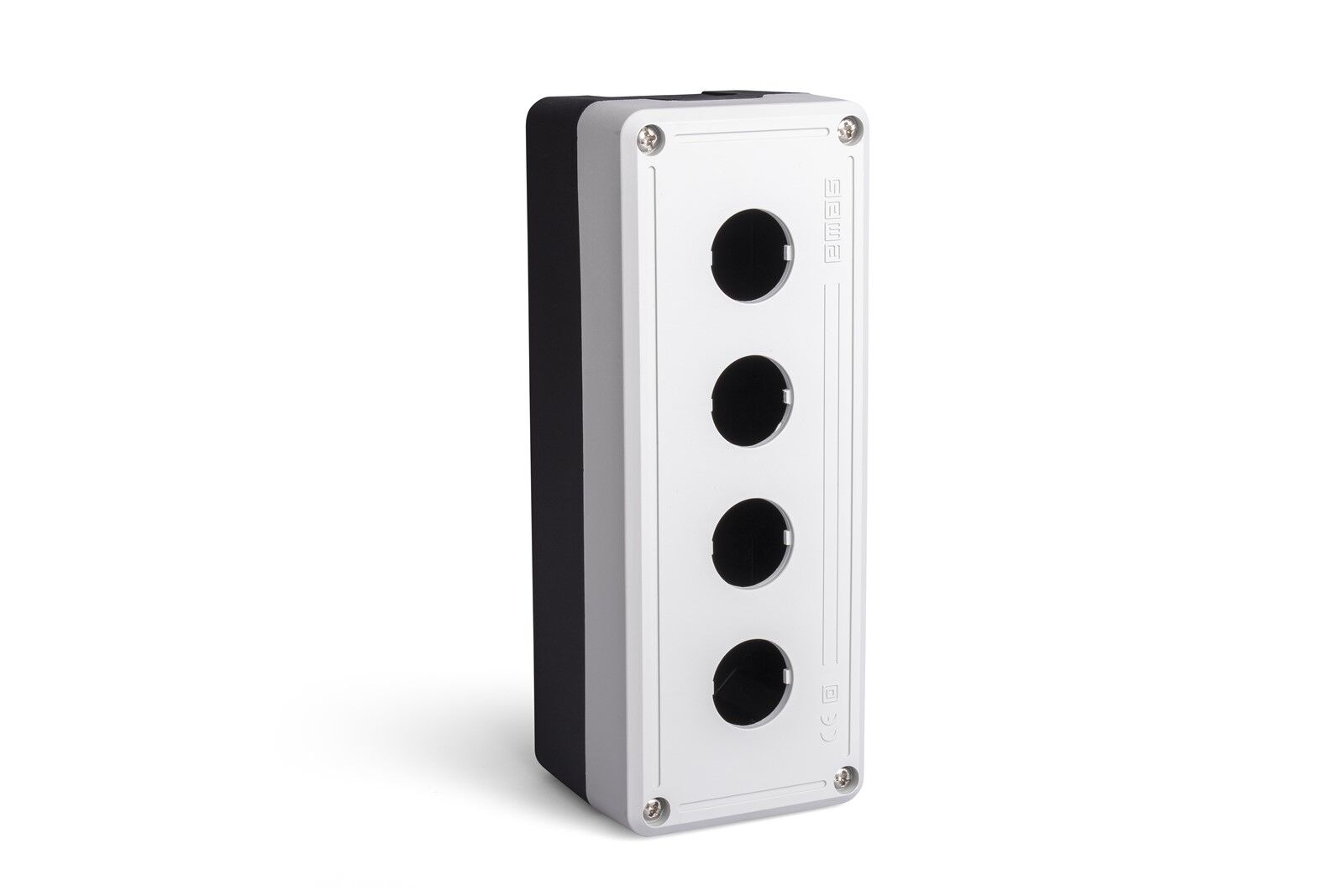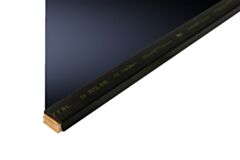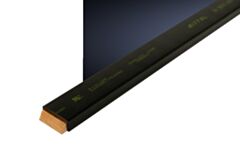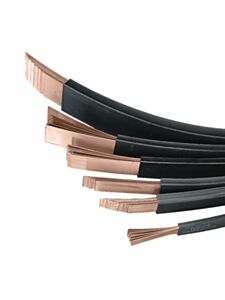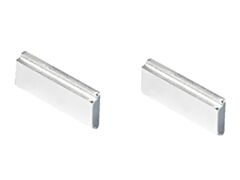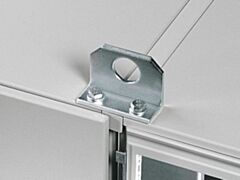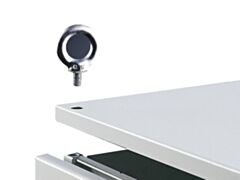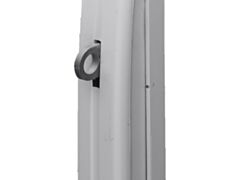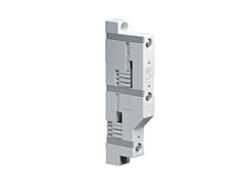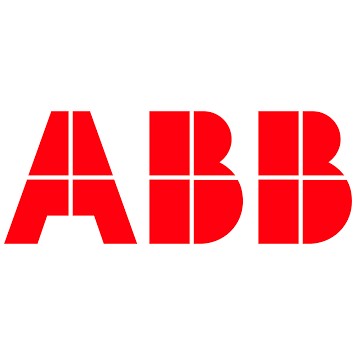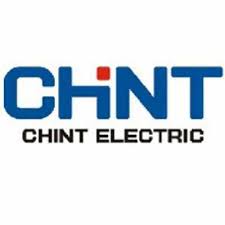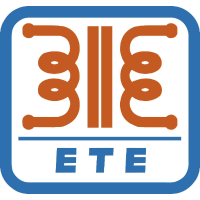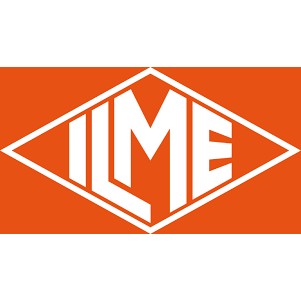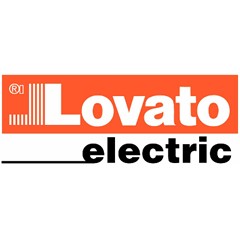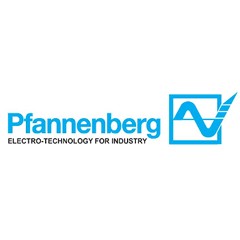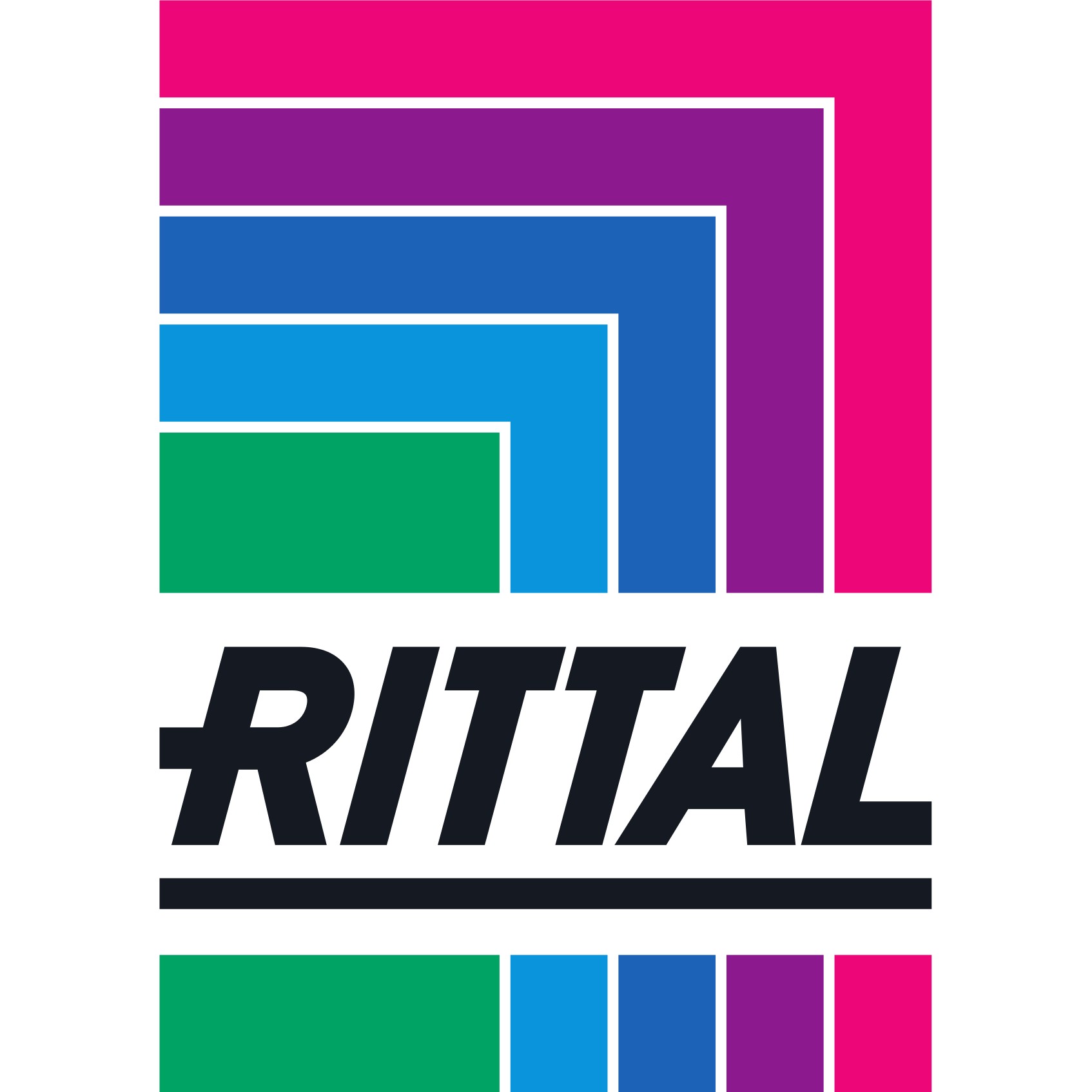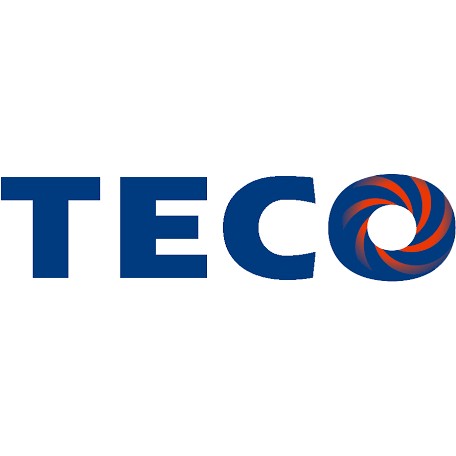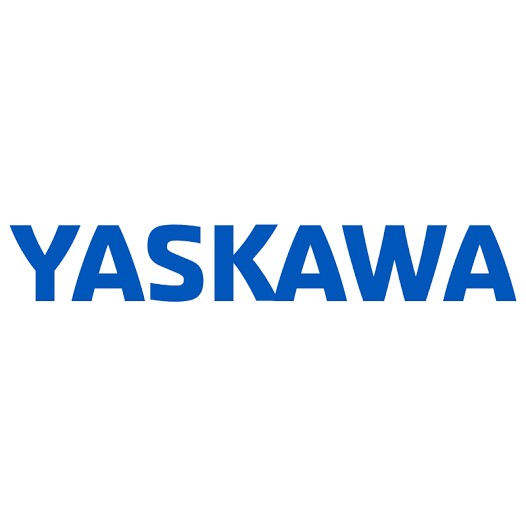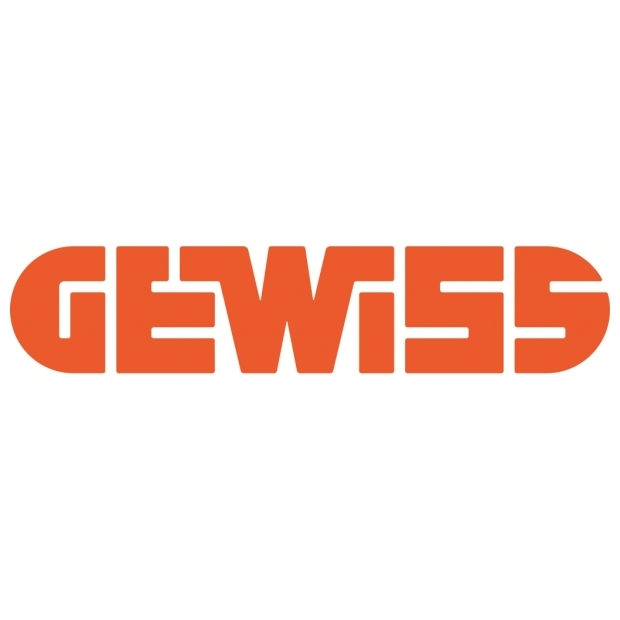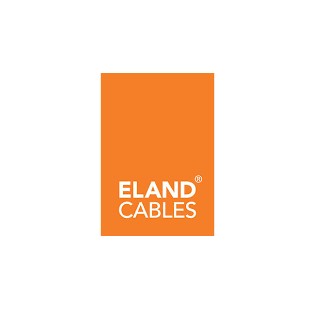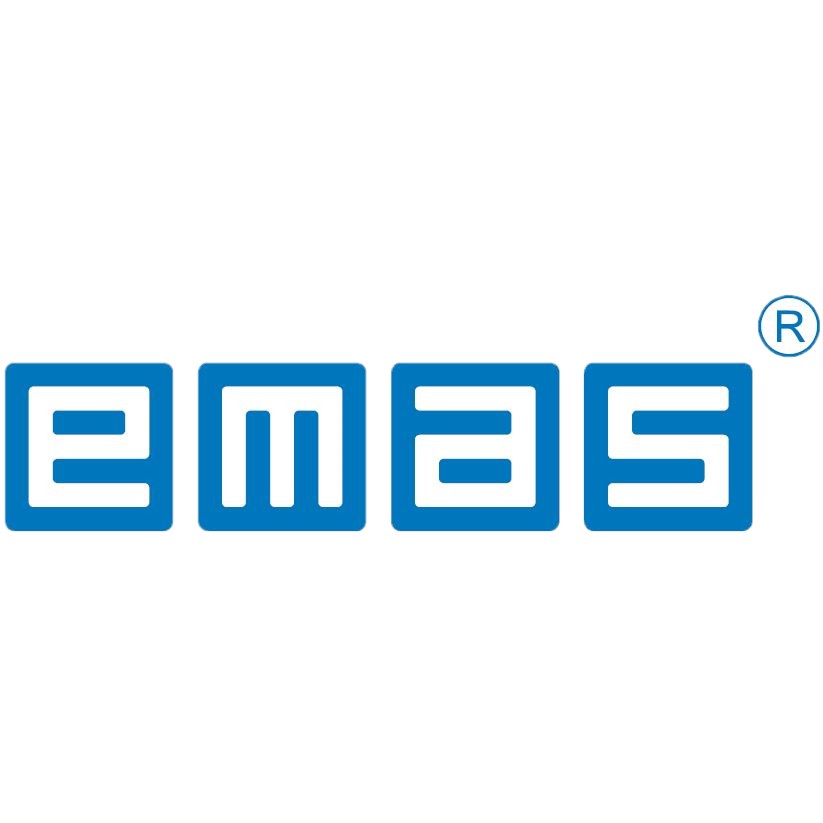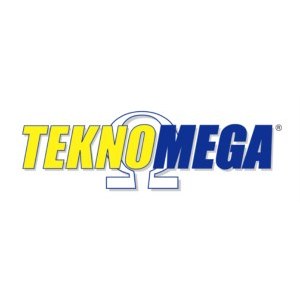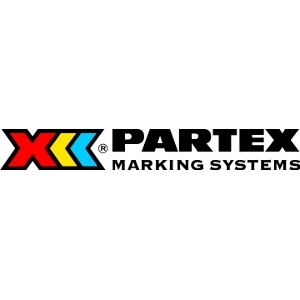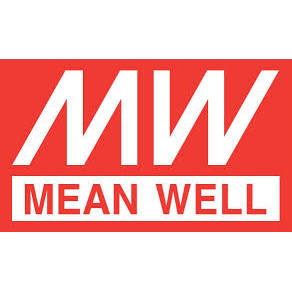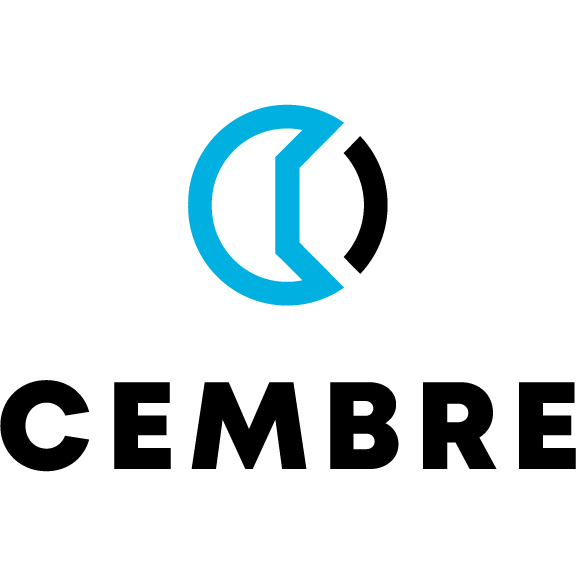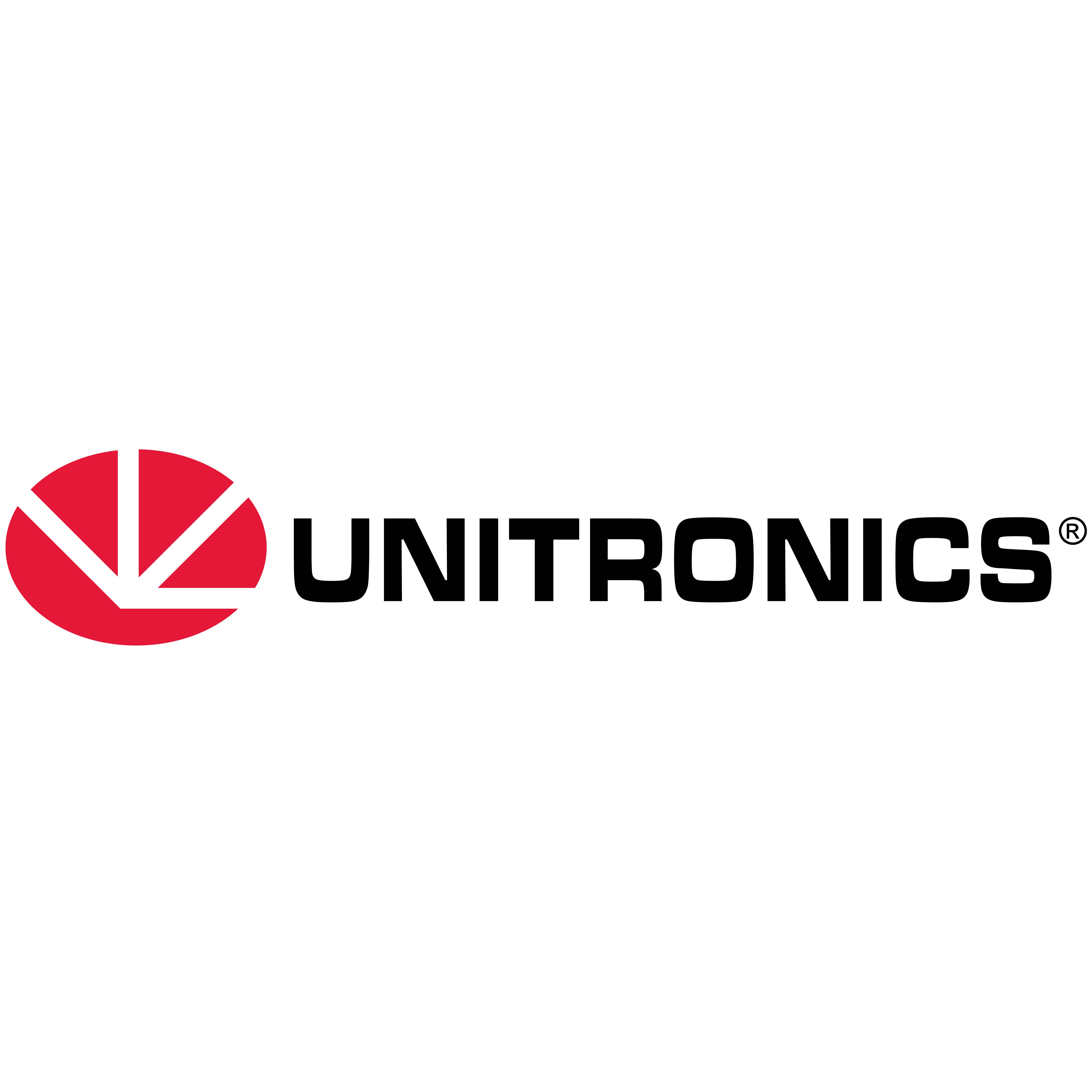We use cookies to make your experience better. To comply with the new e-Privacy directive, we need to ask for your consent to set the cookies. Learn more.
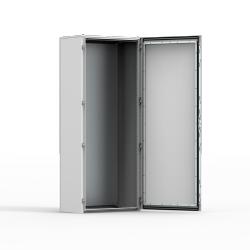
Electrical enclosures are specially designed cabinets made to protect electrical components from harsh surroundings including high to low temperatures.
These electrical enclosures are made to house a variety of motor control gear components such as Variable speed drives that control a variety of motors, power supply units, relays, terminals, electrical isolators, a multitude of cables and switches to protect them from anything that may damage them such as rain, dirt and dust from where the electrical enclosure has been mounted which could be on a manufactures shop floor to a wall of a house to control an electric gate.
Our Product Range
Junction Boxes
View ProductsWall Mounted Enclosures
View ProductsFloor Standing Enclosures
View ProductsControl Boxes
View Products-
EMAIL
Special Price £163.31 £136.09 Regular Price £192.12 -
EMAIL
Special Price £214.79 £178.99 Regular Price £252.70 -
EMAIL
Special Price £264.01 £220.01 Regular Price £310.60 -
EMAIL
Special Price £336.04 £280.03 Regular Price £395.34 -
EMAIL
Special Price £68.86 £57.38 Regular Price £81.00 -
EMAIL
Special Price £36.76 £30.63 Regular Price £43.24 -
EMAIL
Special Price £13.30 £11.08 Regular Price £15.64 -
EMAIL
Special Price £14.59 £12.16 Regular Price £17.17 -
EMAIL
Special Price £7.61 £6.34 Regular Price £8.95 -
EMAIL
Special Price £34.00 £28.33 Regular Price £40.00 -
EMAIL
Special Price £55.14 £45.95 Regular Price £64.87 -
EMAIL
Special Price £61.85 £51.54 Regular Price £72.76 -
TS8612.140 Rittal punched section with mounting flange 17 x 73mm for outer mounting level: W/D: 400 mm, L: 340 mm

EMAIL
Special Price £57.56 £47.97 Regular Price £67.73 -
EMAIL
Special Price £21.29 £17.74 Regular Price £25.04 -
EMAIL
Special Price £30.16 £25.13 Regular Price £35.48 -
EMAIL
Special Price £84.54 £70.45 Regular Price £135.26 -
EMAIL
Special Price £95.24 £79.37 Regular Price £152.40 -
EMAIL
Special Price £112.66 £93.88 Regular Price £180.26










